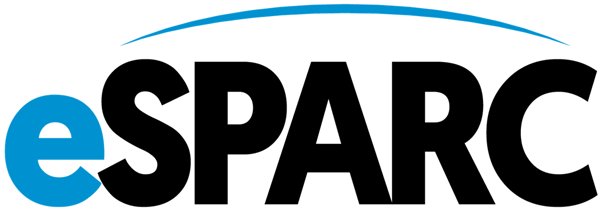Section 7.1 of AP-42 presents emissions estimating methodologies for storage tanks of various types and operating conditions. The current version of Section 7.1 (dated November 2016) includes emissions estimating methodologies for routine emissions from fixed roof tanks and floating roof tanks. These equations were developed to estimate average annual losses for storage tanks. In September 2018, EPA proposed revisions to emissions estimating methodologies for several storage tank emission loss events and situations.
Summary of Proposed Revisions
The purpose of the revisions to Section 7.1 is to improve consistency and accuracy across the section and to provide clarifications on calculation methodologies for fixed roof and floating roof storage tanks. Examples of some general changes include clarifying the scope of the document, updating nomenclature, definitions, equations, and constants used, and other editorial changes. In addition, EPA proposes the following new emissions estimating methodologies.
Tank Cleaning Emissions (Section 7.1.3.4)
- This new section addresses the calculation methodology for estimating emissions associated with forced ventilation during tank cleaning events for fixed roof tanks and floating roof tanks.
- The tank cleaning process is characterized as a forced ventilation event; and emissions associated with tank cleaning are expressed as the amount of vapors expelled from the tank during forced ventilation.[1]
- The methodology addresses emissions during forced ventilation regardless of whether cleaning operations are taking place.
Flashing Emissions (Section 7.1.3.5)
Flashing emissions occur when natural gas is liberated from a pressurized gas-liquid mixture that undergoes a pressure drop in the tank and were previously addressed in Section 7.1. EPA has added the four common methods for estimating tank flashing emissions: Laboratory Gas to Oil Ratio (GOR), computer simulation modeling, Vasquez-Beggs equation, and direct measurement.
Variation of Emission Estimation Procedures (Section 7.1.3.8)
In this section, EPA proposes to add guidance and calculation methodologies to address the following conditions:
- Time periods shorter than one year;
- Internal floating roof tanks with closed vent systems;
- Case-specific liquid surface temperature determinations; and
- Fully insulated fixed roof tanks.
The above-mentioned sections are some of the major changes in the proposed revision. For a detailed list of proposed changes, EPA has provided the following documents
- AP-42 Chapter 7, Section 7.1 proposed revisions summary[2]
- AP-42 Chapter 7, Section 7.1 proposed revisions: Organic Liquid Storage Tanks (redline strikeout version)[3]
Emission Simulation Software
TANKS 4.09 is a widely-used computer program to calculate working and breathing emissions from crude oil and condensate storage tanks. According to EPA, “the software program TANKS 4.09, which has not been updated to incorporate these revisions, has known errors and is no longer supported by EPA”.[4] However, as of September 2018, it is unknown if the software will be updated to reflect the AP-42 revisions.
For the upstream and midstream oil and gas industry specifically, E&P TANKS (API Publication 4697) is a personal computer-based software designed to use site-specific information to predict emission from petroleum production storage tanks. E&P TANKS estimates flashing, working and standing losses and calculates losses using specific operations for each user’s tank. One of the working and standing emissions calculations methodologies is based on a modified AP-42 methodology. It is unknown at this time if API will update the software to incorporate an updated methodology. The software was last updated in 2014.
Industry Implications
There are many potential implications of an EPA emissions calculation methodology change to the industry. In general, states require that new air permit applications be based on the most recent calculation methodologies available; therefore, it is likely that all industries requiring new air permits or permit renewals for storage tanks will need to incorporate the new emissions methodologies into their upcoming air permit applications.
Additionally, every facility that has liquid storage tanks in an New Source Review (NSR) air permit will need to review its emissions calculation methodologies in the next air permitting action (i.e., permit renewal or amendment). Although increases in potential air emissions from a methodology change are usually considered “paper” changes, it will require additional effort to re-calculate air emissions from the tanks. Another potential consideration is that it may be possible for site-wide VOC emissions to cross air permitting thresholds because of a methodology change. For example, potential emissions may now exceed Title V, state thresholds, or PSD thresholds because of a methodology change.
Finally, emissions inventories should incorporate the latest calculation methodologies. If the proposed methodology is approved, states may require that emissions inventories as early as 2019 incorporate the new methodology. The resulting inconsistencies in permit representation and reported calculated emissions may need to be addressed.
If you have a specific question about how this affects your facility, eSPARC recommends a call with your state environmental agency and industry-specific environmental groups.
Public Comment
EPA is currently accepting comments on the proposed revisions to Chapter 7, Section 7.1 of AP-42 and requests that comments to be submitted by November 26, 2018. Comments should be submitted via email to efcomments@epa.gov.
 Close
Close




